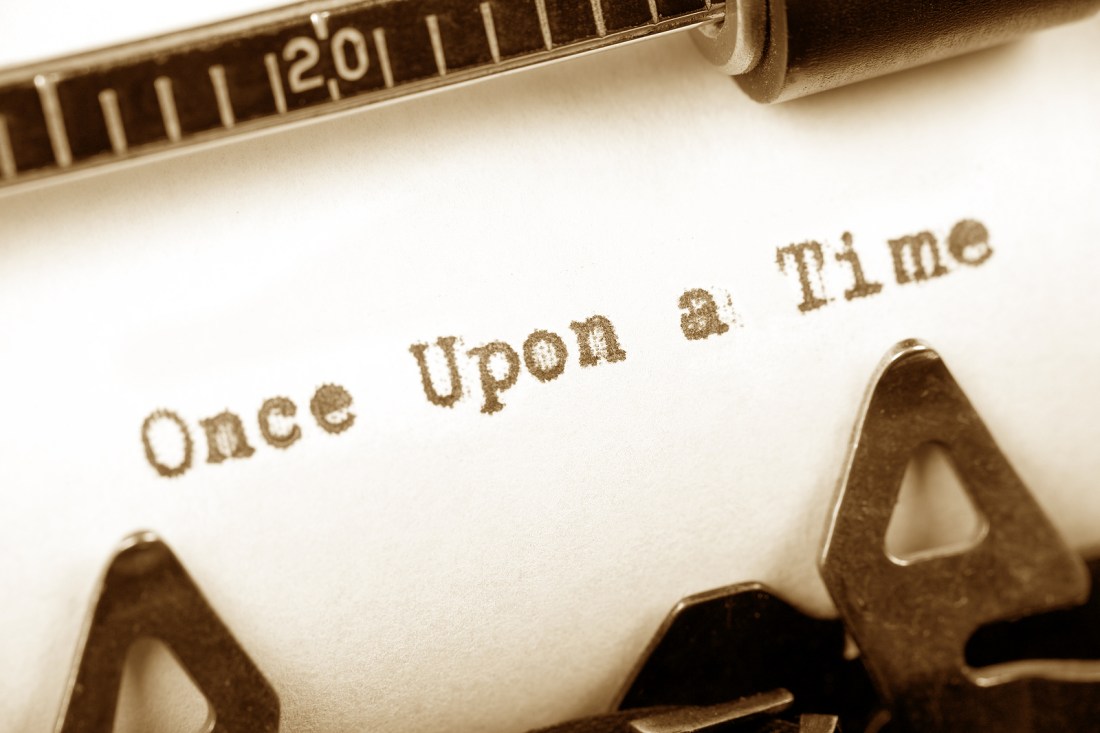Quick Read: For the first time in the history of story telling we seem to be having the means to explore the dimensions of *actual* time and space in building narratives. Story telling might just be at an inflection point.
Andrew Stanton while talking about The Clues to a Great Story quotes an incredibly insightful definition of what constitites drama.
“Drama is anticipation mingled with uncertainty.”
Now, while keeping the uncertainty element constant, what if you can build anticipation at the rate of actual human experience?
Wouldn’t the drama get amplified?
Let’s elaborate.
World’s Most Boring Television
Stick a camera to an ordinary train on an ordinary day. Shoot the entire 7 hr + footage of this ordinary journey as the train pulls from station to station, and put it on national TV with almost no editing.
Sounds like the most boring television show in the history of mankind. Right?
Wrong.
The results of this Norwegian TV show were extra-ordinary, fascinating and even bizarely insightful.
Welcome to the world of ‘Slow TV‘.
What began as a pilot by the Norwegian TV producer Thomas Hellum and his team turned out to become a national phenomenon leading to more shows such as an 18 hour fishing expedition, a 5.5 day ferry voyage along the coast of Norway and many more.
These went on to receive extensive attention in global media, and were considered a great success with coverage numbers exceeding all expectations and record ratings for the NRK2 channel!
But why were these ostensibly boring shows so popular?
To paraphrase Thomas Hellum from the following must watch TED Talk..
Slow TV is so popular because it builds drama by letting the viewer make the story themeslves.
In otherwords Slow TV is an amazing example of a narrative that rides on building anticipation at the rate of actual human experience in time.
Not to be left behind, the advertising/marketing world has also begun to experiment with the concept.
Virgin America has produced a six-hour-long commercial (!) about how unbearably dull the average plane ride is. The video shows passengers on a flight across the US, playing out its events in real time.
And it has clocked around 850K views till date!
Now moving over to the other dimension.
A New Photographic Language Is Born
..so says dronestagram – an instagram for footage shot with dones. We even have drone film festivals celebrating the art of films shot with drones.
Meanwhile, YouTube this year has begun supporting 360 degree videos. And we already see several brands experimenting with this format to create truly amazing ads like the one below by Nike that lets you be Neymar on the field as you check out the action in all its 360 degree glory.
And then you have the likes of Oculus and Google Cardboard pushing the envelope in bringing immersive VR experiences to life. The Economist in its recent feature has in fact taken a serious take on VR and believes that its time may have truly come.
This year the Tribeca Film Festival has even called for ‘virtual reality’ submissions.
So why are we raving about films shot with drones, 360 degree videos and VR experiences?
It is possibly because they all have one thing in common.
Thanks to these, for the first time ever, we see possibilities in constructing narratives that can build anticipation at the rate of actual human experience in space.
So what’s next?
From Story Telling To Crafting Experiences To Creating Parallel Lives
As story tellers build increasingly immersive narratives that progress at the rate of actual human expereince in time and space, it ceases being just a story and moves on to becoming an experience.
Now throw in sensory elements to this and you suddently have multi dimensional multi sensory experiences that could possibly shift the business of story telling to that of building parallel realms of existence.
What does that mean?
I don’t know.
But at the least it could herald a second life for the likes of Second Life.
(Featured Image, Source)

